Among the phones made by Samsung, the ones that really get all the attention are the flagship devices in the Galaxy S and Note series. The company’s A series, on the other hand, usually remain away from the limelight. There are some interesting entries to the series, and there are those that are genuinely worth your time.
Which brings us to the Samsung Galaxy A31. It doesn’t feature any outlandish design elements or gimmicks. It’s just a lower-end mid-range phone that works as intended. And while it’s something that can be said of a lot of the other devices in the series, it’s especially true for this particular one.
Specifications
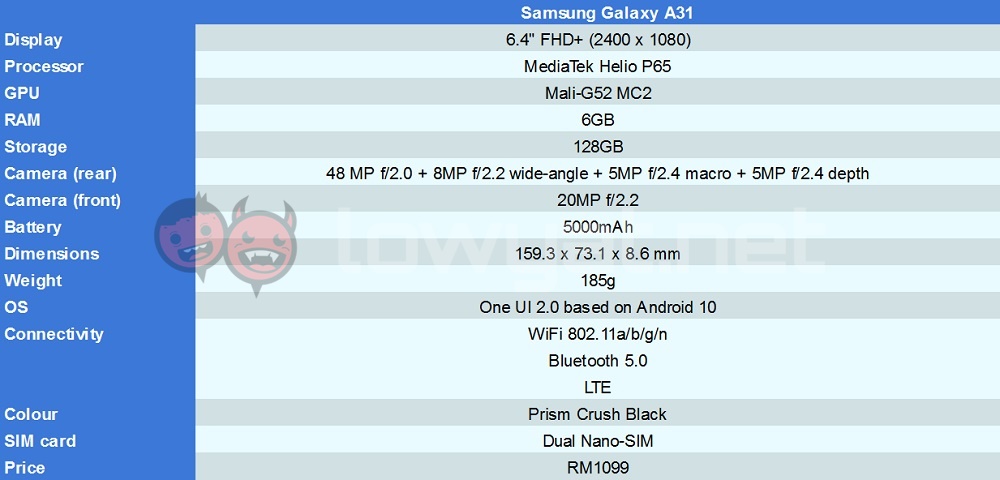
Design
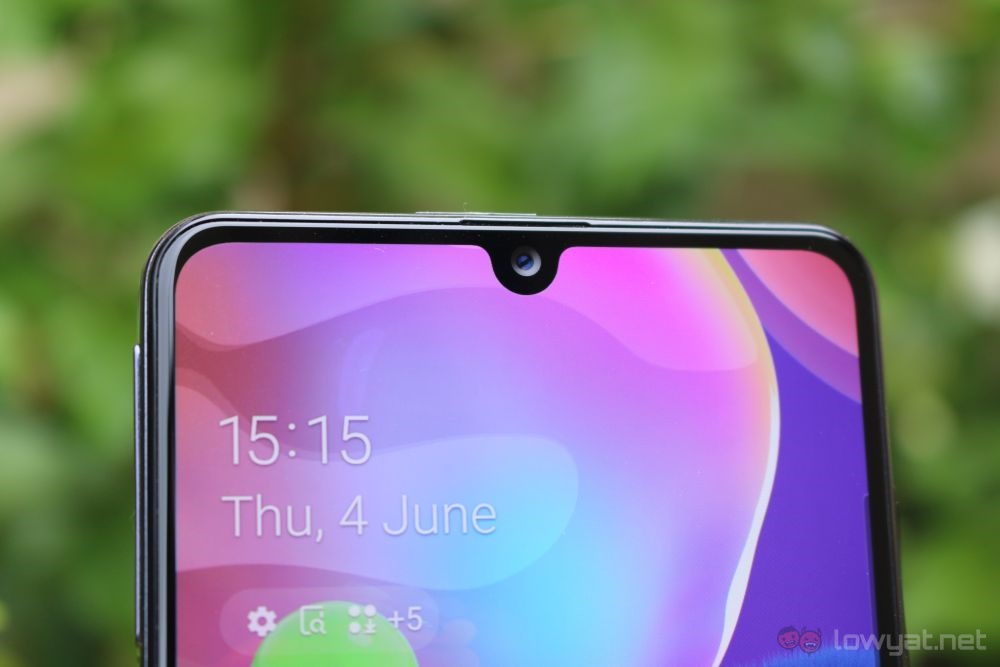
As far as design goes, the Samsung Galaxy A31 has the same overall look of any other phone in the company’s lineup. It has the Infinity-U display, which also comes with quite the substantial chin for some reason.
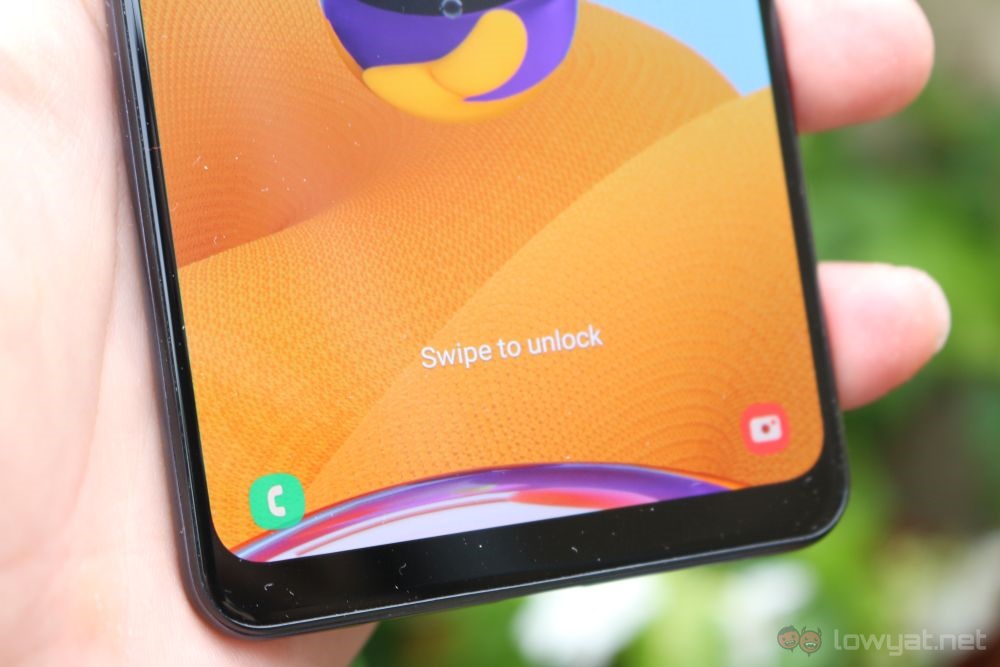
The back is also reminiscent of most other Samsung phones, in that it comes with a large, square-ish camera island. Because of this, you could look at the Samsung Galaxy A31 and, at a glance, think it was a more expensive phone than it really is. This is compounded by the fact that it doesn’t have a fingerprint scanner here, only one that’s in the screen.
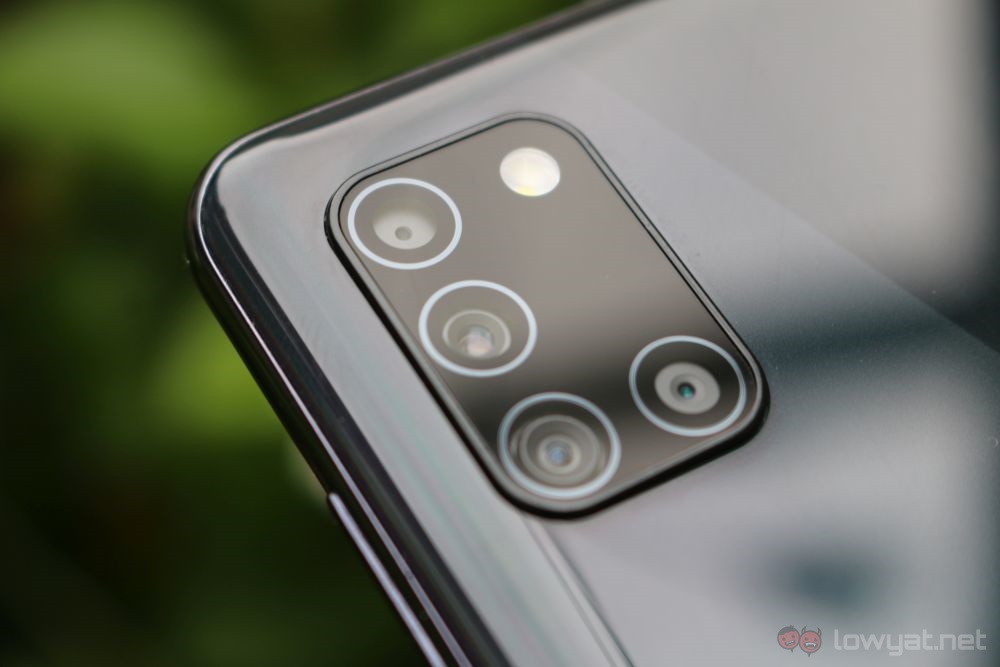
The ports are at the bottom, as you’d usually find them. The power button and the volume rocker are on the right, with the SIM tray being on the left. That being said, the tray does protrude a little. When I was just getting used to the phone, this protrusion made me think that it was the volume rocker, which I would press repeatedly until I remembered they were actually on the right. This could be an issue you’d run into at first, but you’ll get used to it after a couple of days.
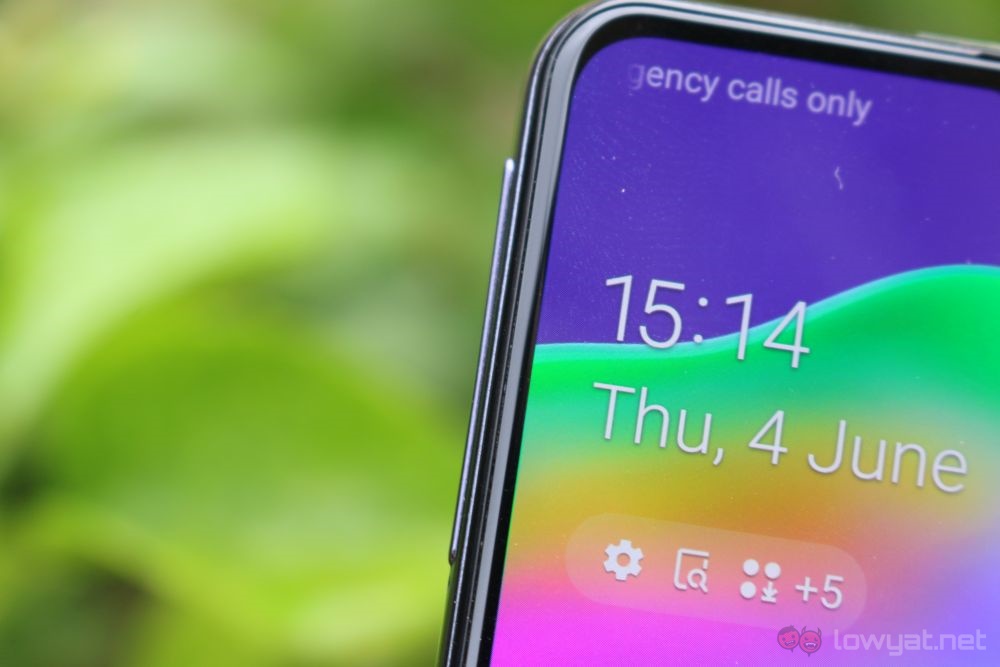
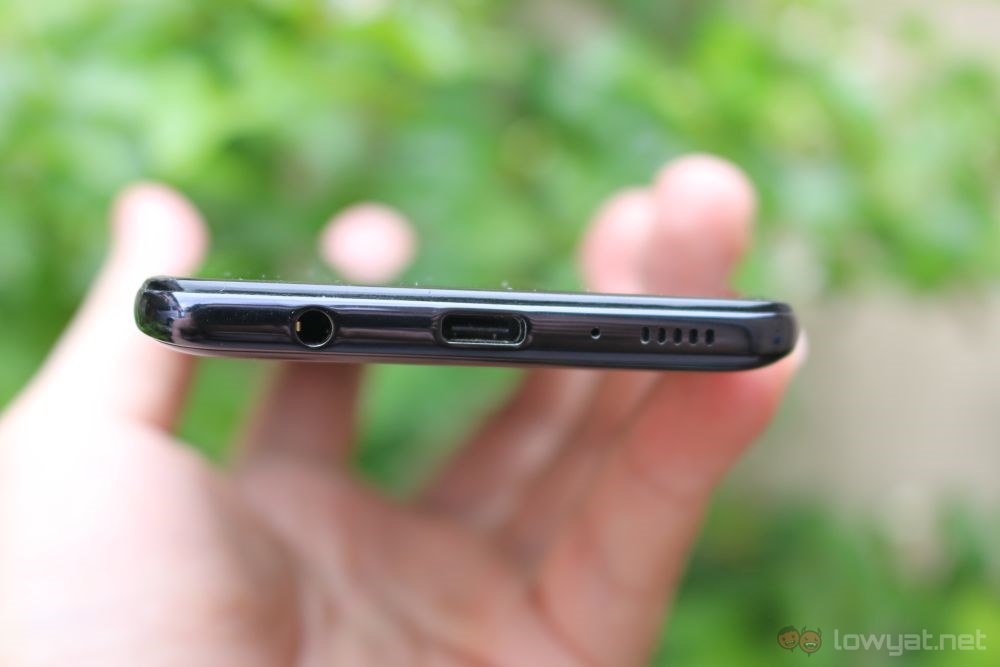
Overall, the phone sits quite nicely in hand. It’s light too, meaning you can use it for extended periods of time with no issues. You can easily reach the buttons without too much maneuvering.
User Experience
For general use, the Samsung Galaxy A31 provides a fuss-free experience. The Full HD+ Super AMOLED display is nice and smooth, with great colours. It’s highly unlikely that you’ll face any issues here. And it’s much the same story with general performance.
Even with intensive use, the phone doesn’t suffer any observable slowdowns, unless you’re in the middle of a demanding game. And even then, it’s a very slight one, which you may not notice unless you were looking for it. Though what is strange is that synthetic benchmarks seem to suggest otherwise. This may be an odd quirk that is specific to the Samsung Galaxy A31 and its MediaTek Helo P65 chipset.
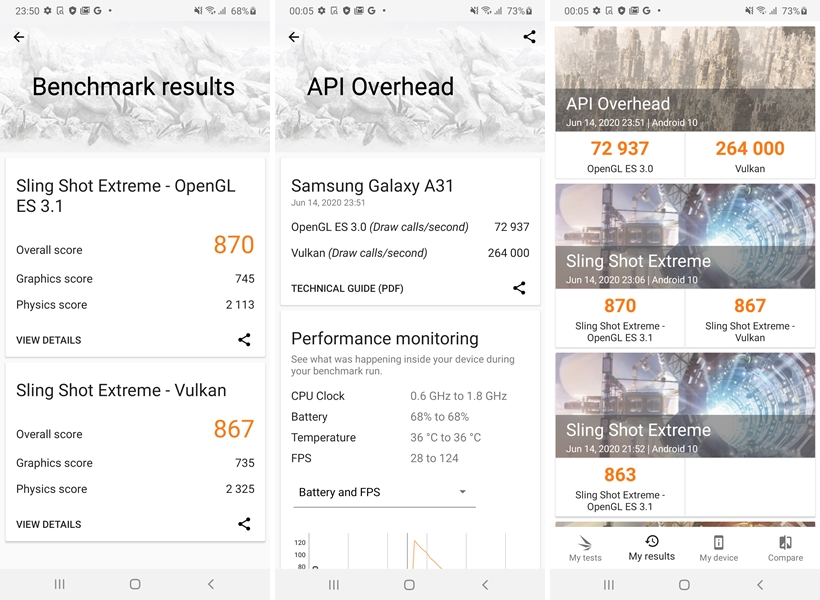
Battery life is just about average by today’s standards. With conservative use, the phone can last just about two days, but if you game a lot on it then it will likely only last one. But for what it’s worth, you can use it to play videos the entire day, and charge it overnight for the next day.
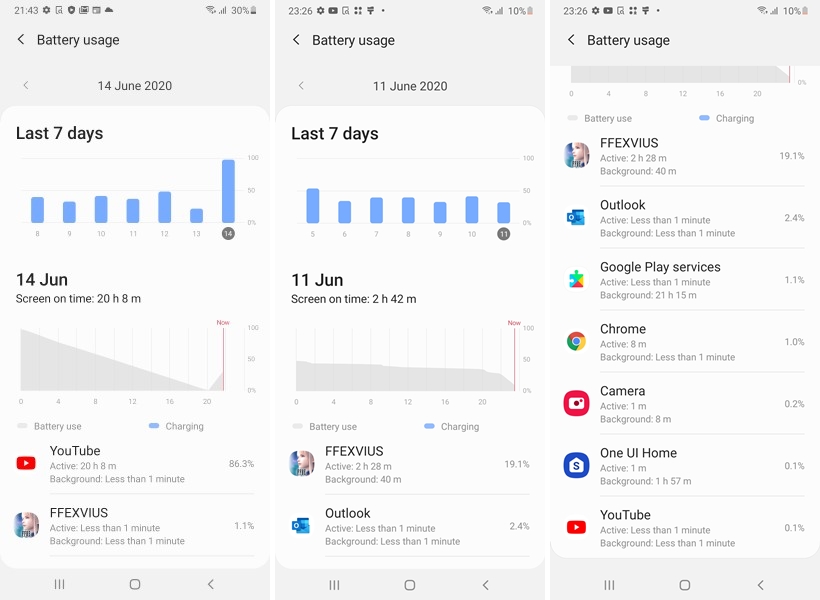
Unfortunately, our review unit didn’t come with a charging cable, or a box for that matter. So if you do get it, your charging experience with the phone may vary a little. But using a generic USB-C cable, the phone got from flat to full in just under 3 hours and 30 minutes.
Camera
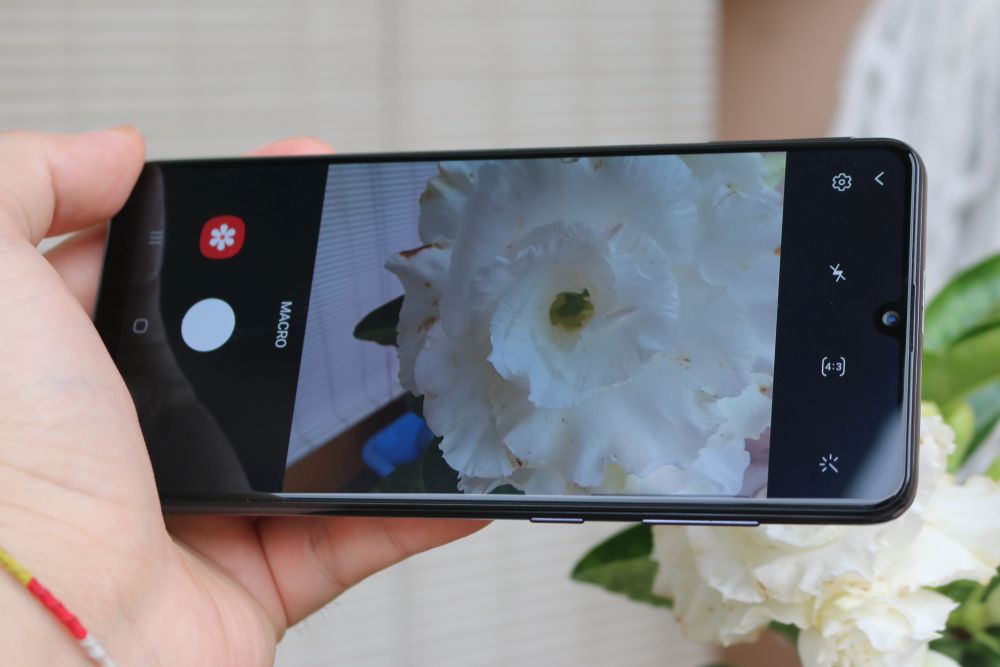
The Samsung Galaxy A31 comes with four cameras at the back. The 48MP + 8MP + 5MP + 5MP quad camera setup is a pretty common one these days, and for good reason, namely the flexibility it provides. No deviation from that norm here with the A31. And as is the case with most Samsung devices, the Galaxy A31 captures good images with accurate colours and rich enough detail for its price bracket.
That said, some user experience issues suffered by other quad-camera setups can also be found here. Most notably is the fact that the 48MP shooting mode is buried within the settings menu. This is opposed to the wide-angle mode that you can get by just zooming out.



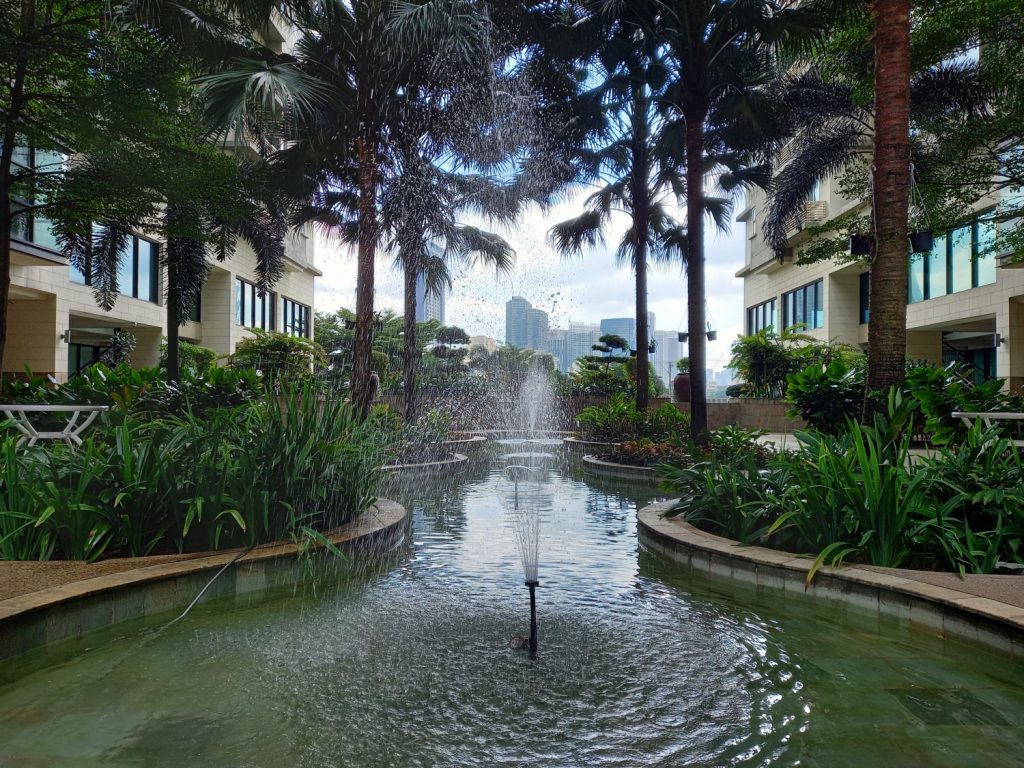
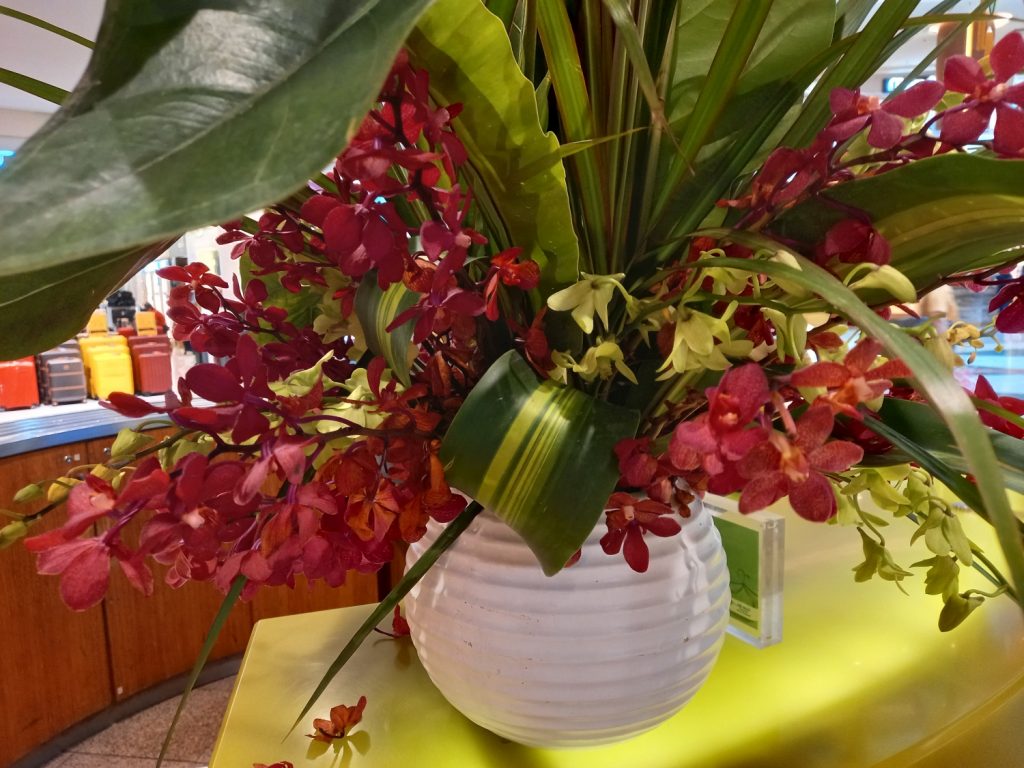
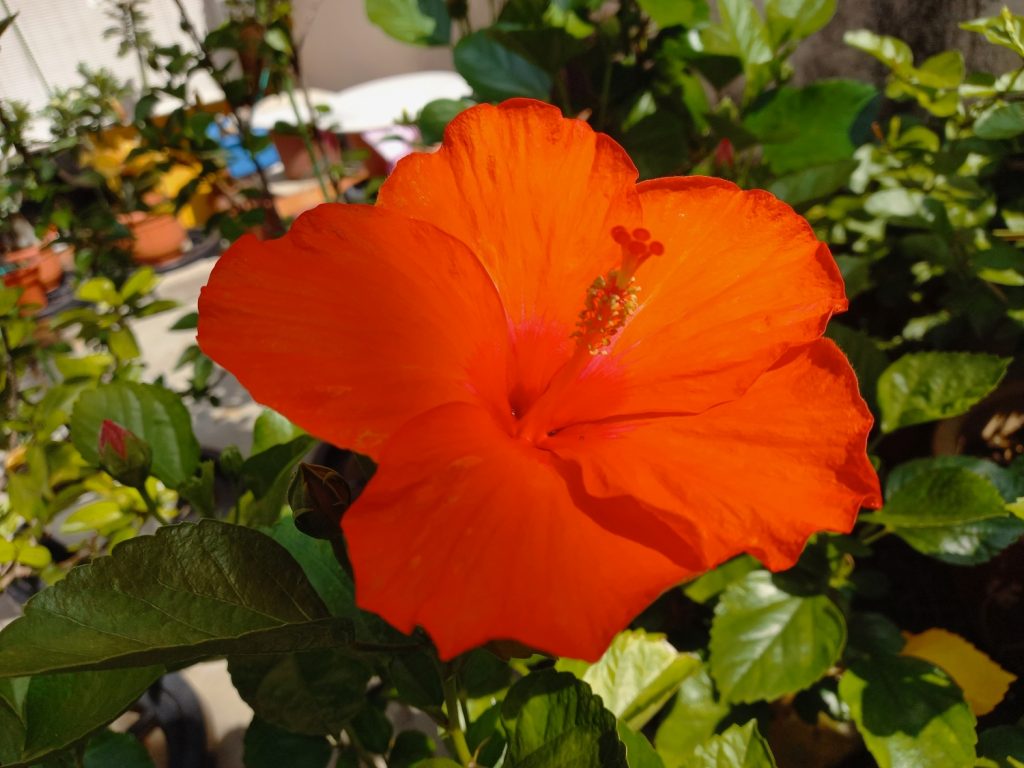
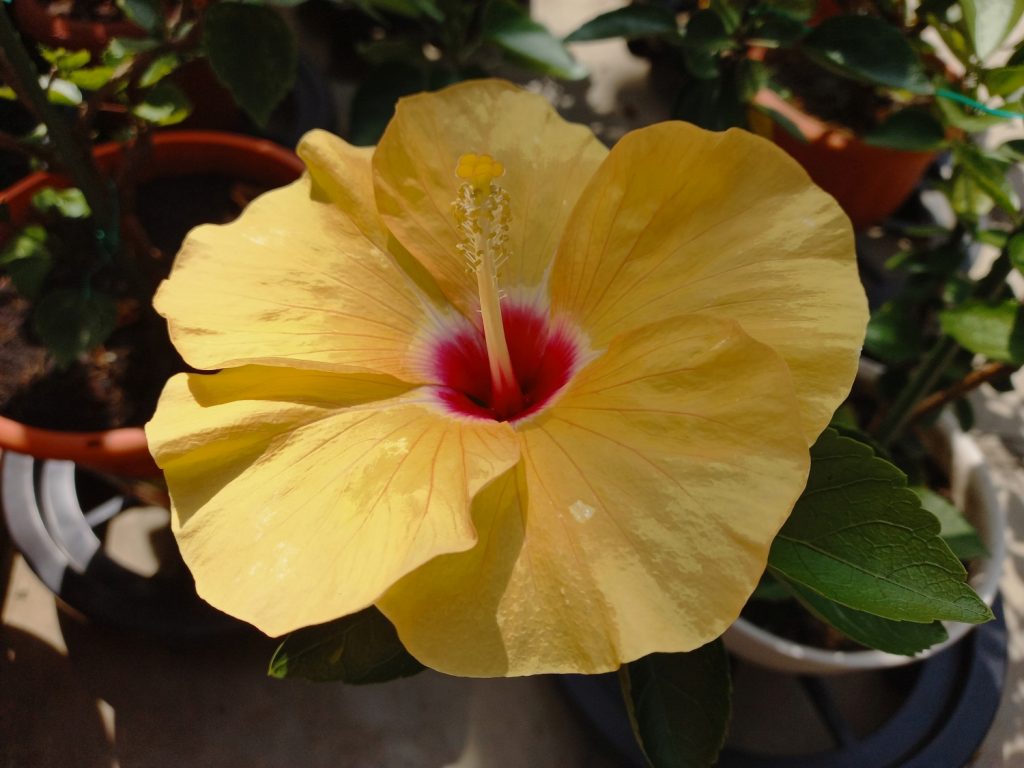
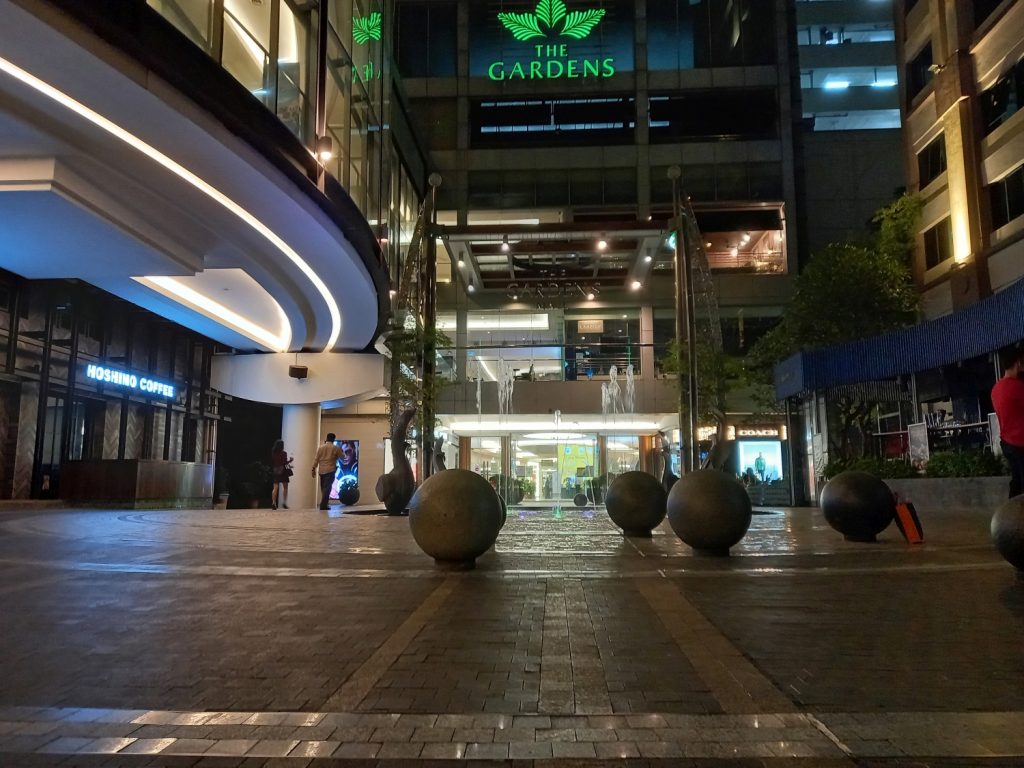

Competition
For those that don’t demand the absolute best of the best, phones around the RM1000 price range are becoming increasingly attractive. So while it’s great that the Samsung Galaxy A31 in this price bracket, it faces some stiff competition.
realme 6
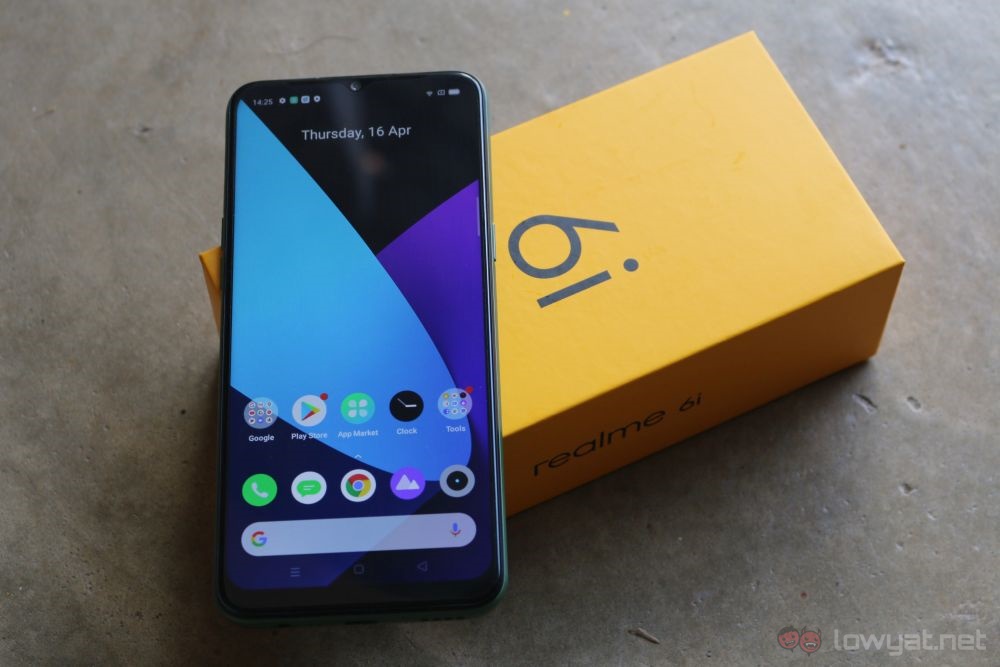
The Pro versions of realme devices have usually been strong contenders in this space. But this time around, it’s the base realme 6 that represents the company here. At RM1199, this is the variant that matches the Galaxy A31 the closest.
In terms of specs, we’re looking at a phone with a 6.5-inch 90Hz Full HD+ display, a MediaTek Helio G90T chipset, 8GB of RAM, 129GB of storage, and a 4300mAh battery. For cameras, this device has a 64MP + 8MP + 2MP + 2MP quad camera setup at the back.
Huawei Nova 7i
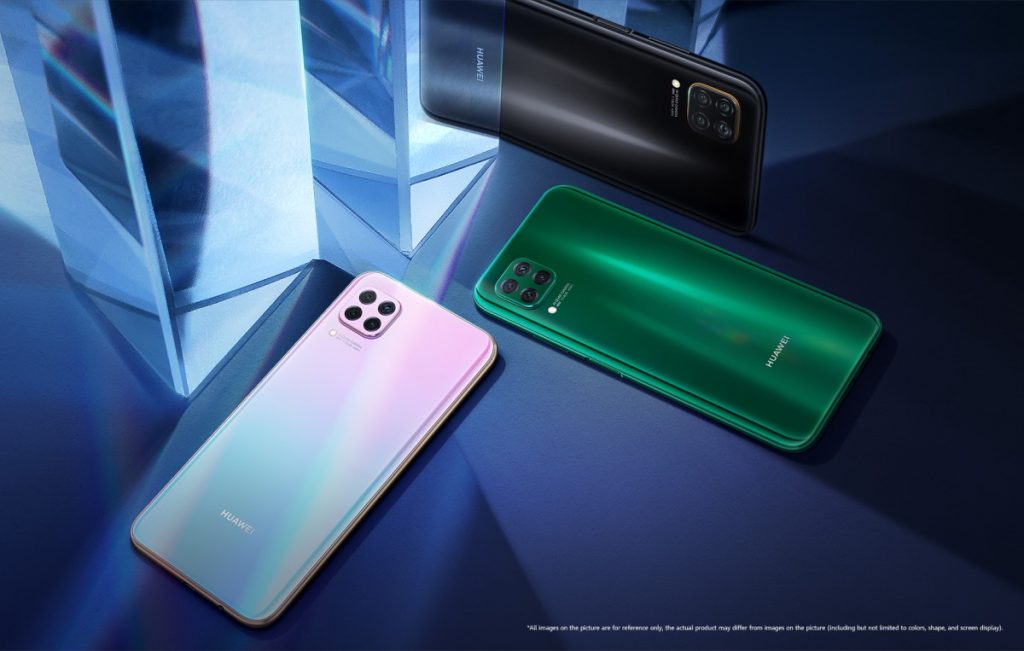
Another close competitor is the Huawei Nova 7i. Not only did it launch with the exact same price as he Galaxy A31, but it also comes with comparable specs. Of course, it’s important to note that this is one device that doesn’t come with Google’s Mobile Services.
Beyond that, the phone comes with a 6.4-inch Full HD+ display, a Kirin 810 chipset, 8GB of RAM, 128GB of storage, and a 4200mAh battery. As for cameras, this phone has a 48MP + 8MP + 2MP + 2MP quad camera setup at the back.
Conclusion
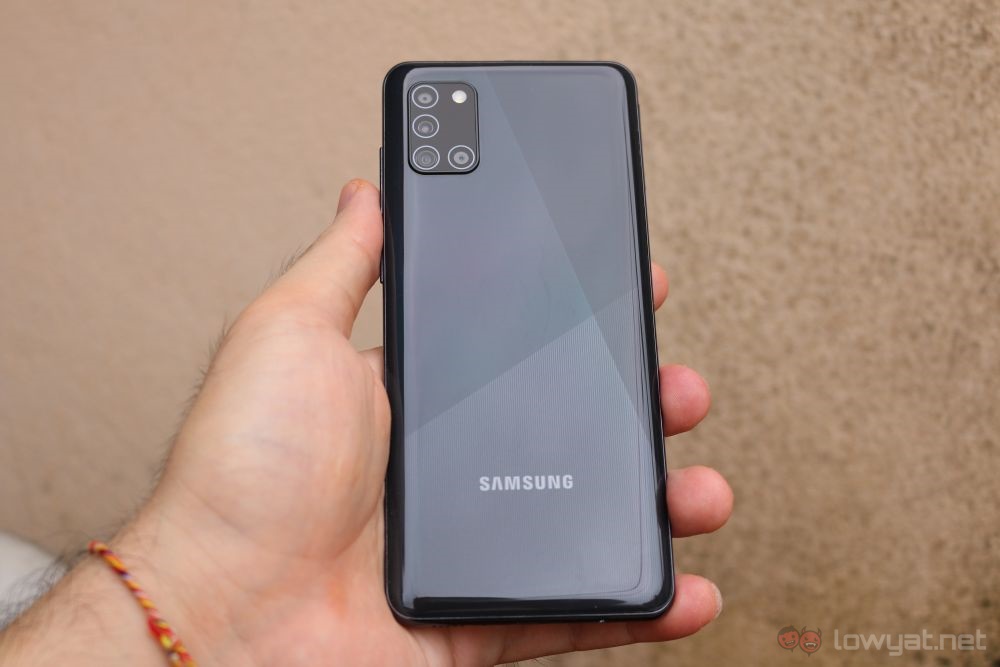
The Samsung Galaxy A31 is a good phone to pick up if you’re looking to pick up a good deal in the lower midrange bracket. And that’s not an association that you can make everyday.
Despite it’s benchmark score, it works very well in real-world situations. It’s camera has its usual Samsung characteristics, which is usually a safe bet if you’re into smartphone photography. Battery life is also sufficient for everyday use, even if you push it regularly.
All-in-all, the Samsung Galaxy A31 is a pretty good pick for a phone in the lower mid-range bracket. If you’re looking for a phone in this range, you can’t go wrong with this one.
Follow us on Instagram, Facebook, Twitter or Telegram for more updates and breaking news.



